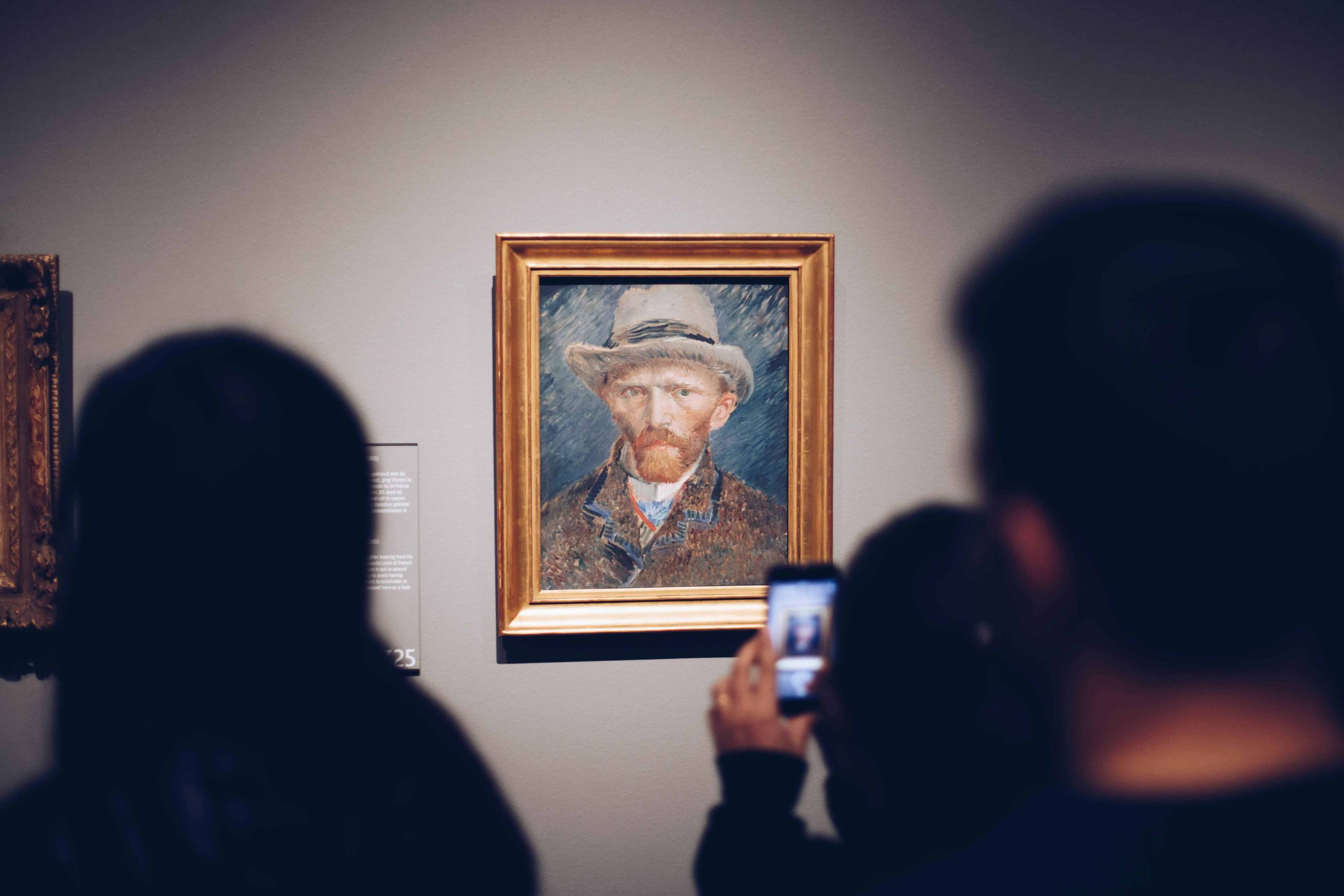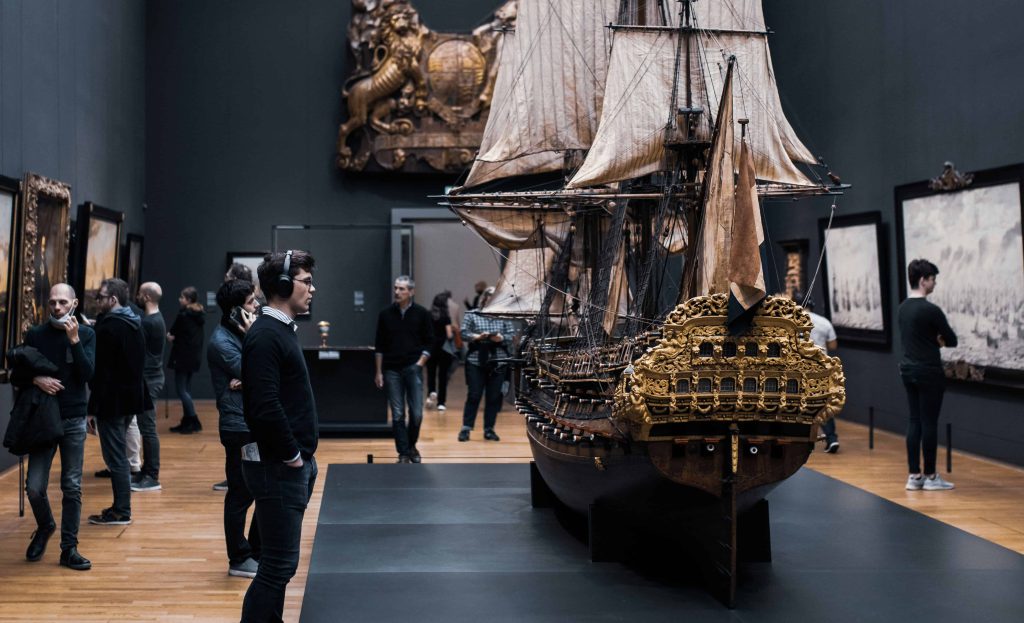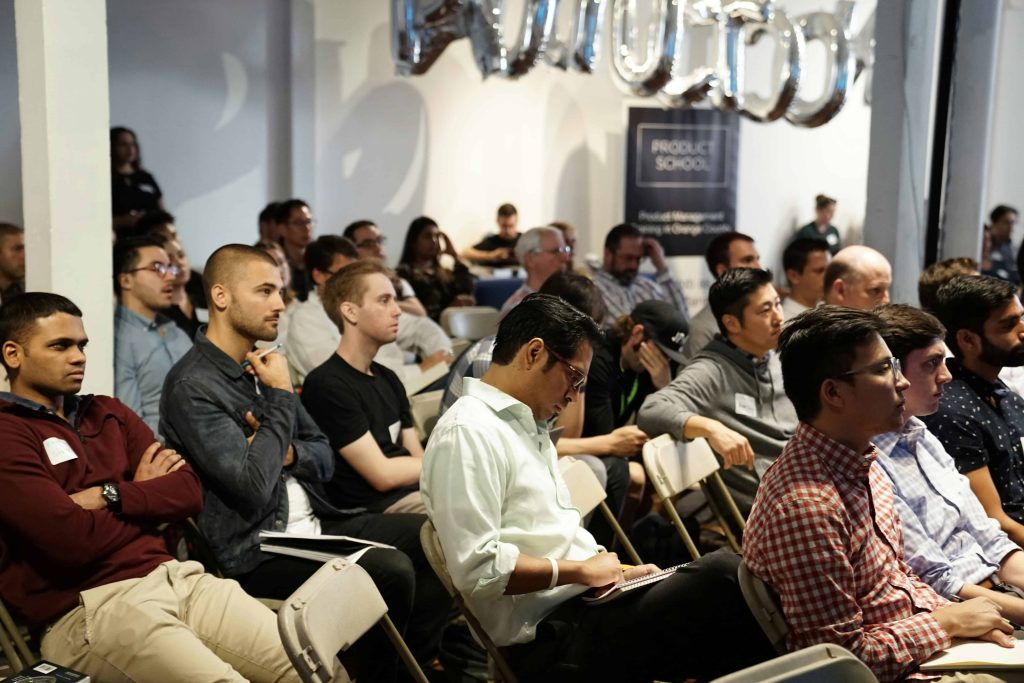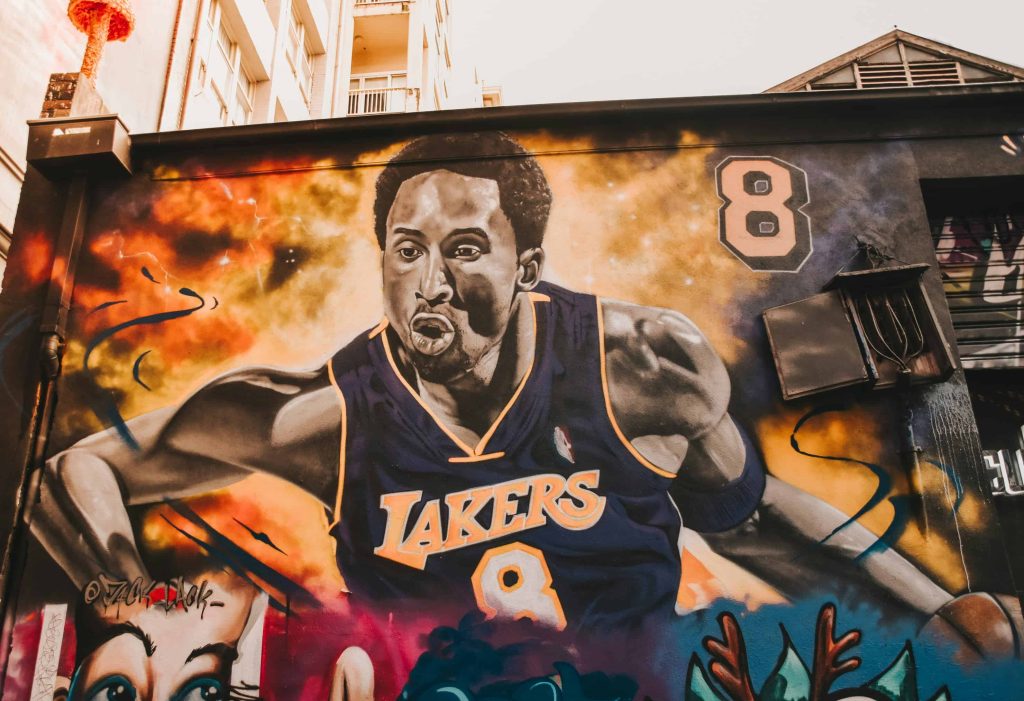
20 Sep The Economics of Art and Its Social Impact
Brush Strokes and Bottom Lines: Unraveling the Economics and Social Impact of Art
Art is a ubiquitous form of expression, encompassing various mediums such as painting, sculpture, literature, music, and more. Beyond its aesthetic appeal, art holds significant economic and social value. This article delves into the intricate relationship between art, economics, and society, exploring how the art world influences both financial landscapes and societal norms.
Art is a multifaceted concept, encompassing a broad spectrum of creative expressions that resonate with individuals across cultures and generations. From classical masterpieces to contemporary installations, art serves as a mirror reflecting society’s values, beliefs, and aspirations. In this article, we embark on a journey to unravel the economic dimensions of art and its profound social impact.

The Economic Impact of Art
Art as an Industry
The art sector is not merely a realm of aesthetic appreciation but a robust industry that fuels economic growth and fosters cultural exchange. Within this ecosystem, numerous jobs are created, ranging from artists and artisans to curators and gallery owners. According to the U.S. Bureau of Economic Analysis, the arts and cultural sector contributed $877.8 billion to the U.S. economy in 2017, representing 4.5% of GDP. Moreover, the arts stimulate tourism, with travelers often seeking out museums, galleries, and cultural events as part of their itinerary.
The Art Market
At the heart of the art world lies the dynamic art market, where value is attributed to creativity and innovation. Artworks are not just objects; they are commodities subject to fluctuating market trends and collector demand. Factors such as artist reputation, scarcity of works, and historical significance influence the pricing of artworks, with galleries, auctions, and private collectors shaping the market landscape. For instance, in 2019, Jeff Koons’ “Rabbit” sculpture sold for $91 million at auction, highlighting the extraordinary value placed on certain works of art.

Impact on Artists
Financial Struggles
Despite the allure of artistic pursuit, many artists grapple with financial instability, perpetuating the stereotype of the “starving artist.” The reality of making a sustainable living solely from art is rife with challenges, prompting creatives to navigate precarious financial terrain in pursuit of their passion. According to a survey by the National Endowment for the Arts, nearly half of artists report experiencing income loss due to the COVID-19 pandemic, underscoring the vulnerability of the artistic community.
Alternative Revenue Streams
To alleviate financial burdens, artists explore alternative revenue streams beyond traditional art sales. Grants, residencies, and awards provide much-needed financial support, allowing artists to sustain their practice and pursue ambitious projects. Organizations such as the Pollock-Krasner Foundation and the Joan Mitchell Foundation offer grants to artists, providing crucial funding for their work. Additionally, avenues such as teaching, commercial collaborations, and online platforms offer supplementary income opportunities, enabling artists to diversify their sources of revenue.

Social Impact of Art
Art as a Catalyst for Social Change
Art possesses a transformative power to ignite social change and challenge prevailing narratives. Through poignant storytelling and visual symbolism, artists shed light on pressing social issues, fostering empathy and understanding among diverse communities. For example, the Black Lives Matter movement has been amplified through art, with murals, installations, and performances serving as powerful expressions of solidarity and resistance. Art serves as a catalyst for dialogue, provoking thought and inspiring action towards a more equitable society.
Art and Community Development
Beyond its individualistic pursuits, art plays a pivotal role in community development, breathing life into neglected neighborhoods and fostering a sense of belonging. Cultural initiatives and public art projects serve as catalysts for urban revitalization, transforming spaces into vibrant hubs of creativity and cultural exchange. By celebrating diversity and promoting inclusivity, art cultivates a shared sense of identity and belonging within communities. For instance, the “Art in Public Places” program in cities like Seattle and Philadelphia has revitalized urban spaces, fostering community engagement and civic pride.

Conclusion
In conclusion, the intricate interplay between art, economics, and society underscores the profound impact of creative expression on both financial landscapes and societal dynamics. As we navigate the complex nexus of art and economics, it becomes evident that the art sector is not only a source of aesthetic enjoyment but also a significant driver of economic growth, cultural enrichment, and social cohesion. From the bustling art market to the struggles of individual artists, the economic dimensions of art shape livelihoods and perceptions. Moreover, art serves as a powerful catalyst for social change, fostering empathy, dialogue, and community development. By recognizing and nurturing the economic and social value of art, we can cultivate a more inclusive and vibrant society where creativity thrives and voices are heard.
Key Takeaways
- Economic Significance: Art is not just about aesthetics; it’s a thriving industry contributing significantly to economic growth. In the U.S. alone, the arts and cultural sector contributed $877.8 billion to the economy in 2017, showcasing its substantial financial impact.
- Art Market Dynamics: The art market is dynamic and influenced by various factors, like artist reputation and historical significance. High-profile sales, such as Jeff Koons’ “Rabbit” sculpture selling for $91 million in 2019, highlight the financial stakes involved.
- Challenges for Artists: Despite the economic value of art, many artists face financial struggles, especially exacerbated by events like the COVID-19 pandemic. Alternative revenue streams, like grants and teaching opportunities, provide vital support.
- Social Impact: Art serves as a catalyst for social change by shedding light on pressing issues and fostering empathy. Initiatives like the Black Lives Matter movement have been amplified through artistic expressions, showcasing art’s power to provoke dialogue and inspire action.
- Community Development: Art contributes to community development by revitalizing urban spaces and fostering a sense of belonging. Programs like “Art in Public Places” demonstrate how art can transform neglected neighborhoods into vibrant cultural hubs, promoting inclusivity and civic pride.
FAQs
How does art contribute to the economy?
Art boosts the economy by creating jobs, attracting tourism, and driving the art market. It provides employment opportunities for artists, curators, and gallery owners, while cultural attractions like museums and events stimulate local economies. Moreover, the buying and selling of artworks in the art market generates significant revenue.
What challenges do artists face financially?
Artists often struggle with financial instability due to irregular income and limited resources. External factors like the COVID-19 pandemic exacerbate these challenges, leading to income losses for many artists.
How does art drive social change and community development?
Art inspires social change by raising awareness of pressing issues and fostering empathy. It also contributes to community development by revitalizing urban spaces and promoting inclusivity through initiatives like public art projects and cultural programs.
Join us on a journey through the evolving landscape of art promotion, where mobile apps play a pivotal role in shaping the future of artistic engagement.

